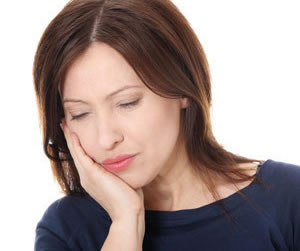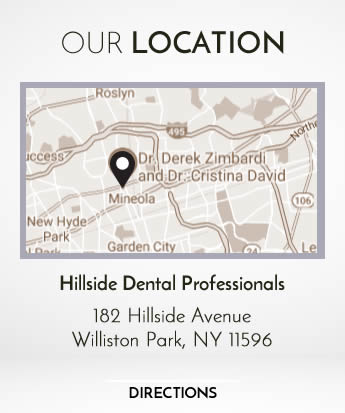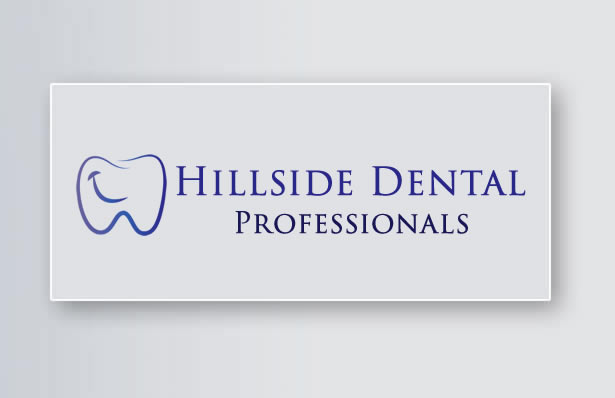TMJ Treatment
An estimated 10 million Americans suffer from TMD. Caused by strenuous physical activities, stressful situations, overuse of the muscles, and grinding of the teeth, temporomandibular disorder (TMD) results in discomfort for people with this disorder This condition occurs because of dysfunction with the temporomandibular joint (TMJ), the joint that makes it possible to chew. This joint allows your jaw to open and close, and allows jaw movement forward, backward, and sideways. The TMJ only works properly if the lower jaw and its movements are synchronized.
What is TMD?
TMD affects jaw muscles, the temporomandibular joint, and nerves where movements become out of synch, which can lead to headache or neck pain. It can also result in sensitive teeth, injured soft tissues, muscle soreness, and jaw discomfort. Other symptoms include ringing in the ears, facial pain, difficulty opening and closing your mouth, and jaw locking when talking, yawning or eating.
Getting Help
Your dentist can recommend treatment for TMD. A nighttime mouth guard can help stop the teeth grinding. More severe cases can treated with physical therapy, ice and hot packs, and posture training. TMD is usually cyclical and may return when the patient experiences stress.
Questions about TMD
Can’t I just use a store-bought mouth guard?
If your dentist determines that you need a mouth guard, you need an appliance that fits your specific bite. Using any other device can actually do more harm than good.
Is surgery my only option for TMD treatment?
In about 95 percent of cases your dentist can recommend non-surgical treatment for TMD. Strengthening exercises, massage therapy, reducing stress, and mouth guards are a few of the options available to decrease symptoms and relieve your discomfort.
What causes TMD?
When your TMJ are out of sync, the associated muscles get fatigued and the nerves become strained. Common causes of TMD include stress, trauma, teeth grinding, arthritis, improperly fitting dental work, and posture issues.





